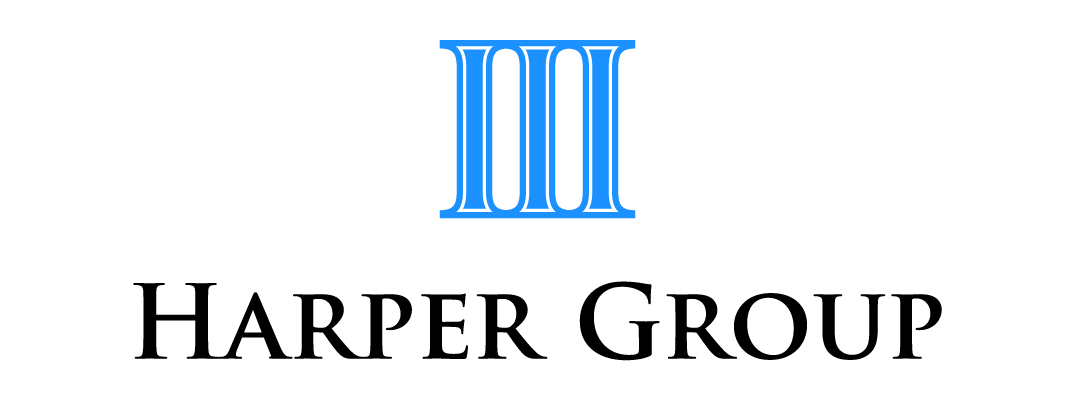The transitional CGT relief measure and your SMSF
Transitional CGT relief is temporary relief available to all complying super funds, not just SMSFs, for certain CGT assets that would otherwise give rise to a taxable capital gain through the necessary efforts to comply with the new transfer balance cap and new conditions to be applied to transition to retirement income streams (TRIS).
Upon the introduction of the transfer balance cap, effective July 1, 2017, it is expected that some SMSF trustees will need to scale back existing pensions so that members do not exceed their transfer balance cap, which is $1.6 million for the 2017-18 financial year.
If CGT assets are sold to enable the commutation and withdrawal from existing pensions, then the current law will apply to these disposals and the transitional CGT relief is of no relevance.
Conversely, if a fund member decides to commute a portion of their superannuation interest that currently is in the pension phase, back into the accumulation phase, then the transitional CGT relief will be relevant. This is because investment earnings, including capital gains, are taxable in the accumulation phase.
Additionally, from July 1, income from assets supporting a TRIS will not be eligible for an exemption from income tax on earnings, so the CGT relief provisions will be relevant for superannuation members receiving a TRIS.
Essentially, the transitional CGT relief ensures any capital gains that might arise as a result of superannuation fund members complying with the transfer balance cap or because of a TRIS losing the tax exemption will continue to receive concessional treatment.
The application of CGT relief
Trustees can choose to apply temporary CGT relief if they hold the asset throughout the period November 9, 2016 to June 30, 2017 (the “pre-commencement period”), and will need to do so before they are required to lodge the fund’s 2016-17 tax return. Assets purchased or sold during the pre-commencement period are not eligible for relief.
Applying CGT relief will:
- reset the cost base of an asset to its market value (this is where trustees reallocate or re-proportion assets from retirement phase to accumulation phase). The market value would be determined under the ATO’s valuation guidelines for SMSFs on the date of the asset transfer, or June 30, 2017 where assets are re-apportioned
- defer a capital gain that arises when resetting the cost base for re-proportioning assets where you use the proportionate method.
If a trustee has been using the segregated method, and either continues to use it or switches to the proportionate method, an asset must cease being a segregated current pension asset at a time during the “pre-commencement period” to be eligible for relief. The capital gain or loss for that asset will then be entirely disregarded.
An asset ceases to be a segregated current pension asset when:
- it is transferred out of the pool of segregated current pension assets; or
- the trustee makes and records an election to switch to the proportionate method.
The ATO has published a Law Companion Guideline on the relief measures, and we are happy to provide you with a link to this and discuss your options should you think that could be helpful.
Commutation requests and ATO reviews: What you need to know before June 30
In a recently released practical compliance guideline, the ATO sets out its administration approach in relation to super fund commutation requests. It is an essential piece of information for SMSF trustees because it explains which commutation requests will not be subject to an ATO review.
With the new superannuation rules taking effect on July 1, 2017, superannuation members with income streams that are valued in excess of $1.6 million will need to commute any excess by June 30 at the latest in order to not be over the transfer balance cap.
Eligible commutation requests
The guideline applies only to a commutation request and its acceptance by the trustee where both are in writing and made before July 1, 2017. All of the following conditions must be satisfied in relation to such commutation requests:
- a method is specified in the request that allows an exact calculation of the amount to be commuted
- the superannuation income stream, which will be subject to the commutation, is specified. If there are more than one income streams subject to commutation, the order of priority in which the commutations will occur must be stated
- the request is not in conflict with a similar commutation request that was accepted by a different superannuation fund.
Commutation requests must be non-revokable
A further warning from the ATO is that the trustee cannot and should not be able to revoke its acceptance to commute the amount as per the super fund member’s request.
If the agreement to commute or the governing rules of the superannuation fund allowed a discretion for either the member or the trustee of the SMSF to revoke the agreement, it would be questionable whether a valid commutation had in fact been effected.
Overall, certainty and irrevocability of the member’s request to commute, and of the trustee’s agreement, are paramount in staying within the pitch lines drawn by the practical compliance guideline.
Harper Group Pty Ltd Chartered Accountants Frankston Ph 9770 1547
Disclaimer: All information provided in this article is of a general nature only and is not personal financial or investment advice. Also, changes in legislation may occur frequently. We recommend that our formal advice be obtained before acting on the basis of this information.
